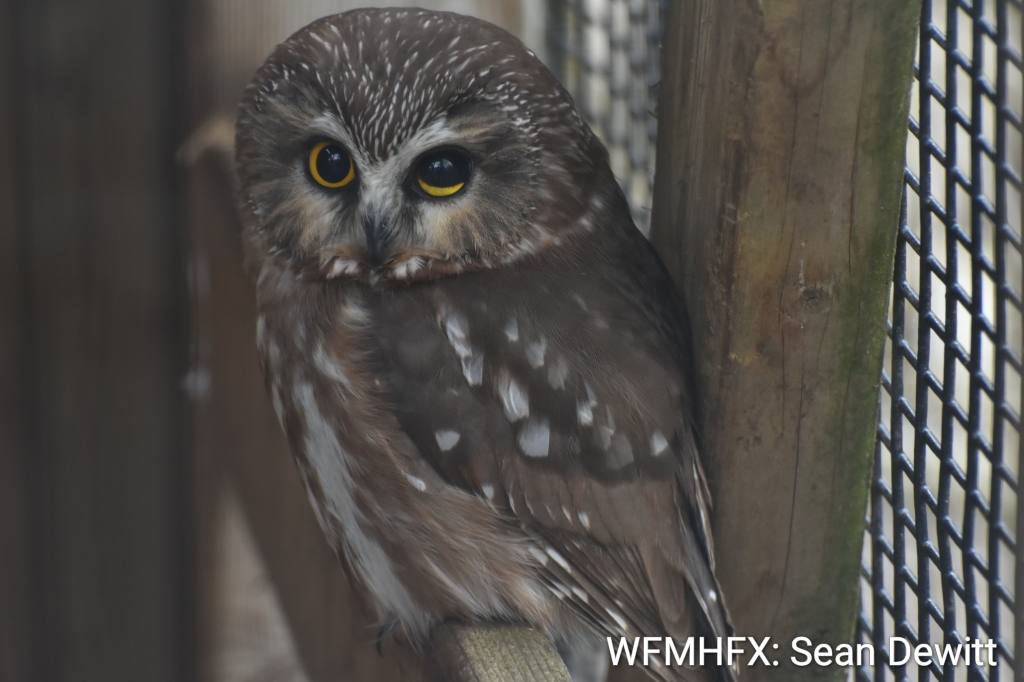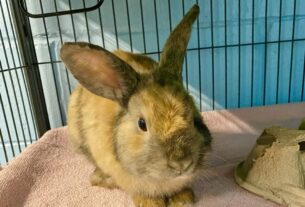Even through a pandemic, the important work of the amazing Hope for Wildlife continued
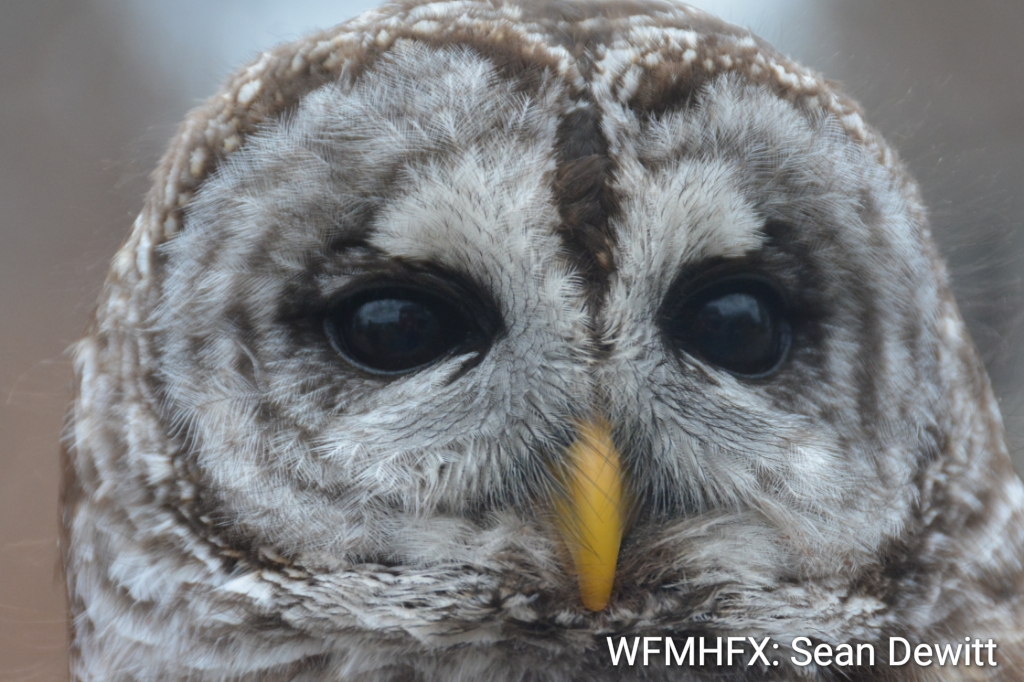
Hope for Wildlife provides an important service bridging educating the public on wildlife behaviour, environment and respect as well as providing vital healthcare and rescue for the injured.
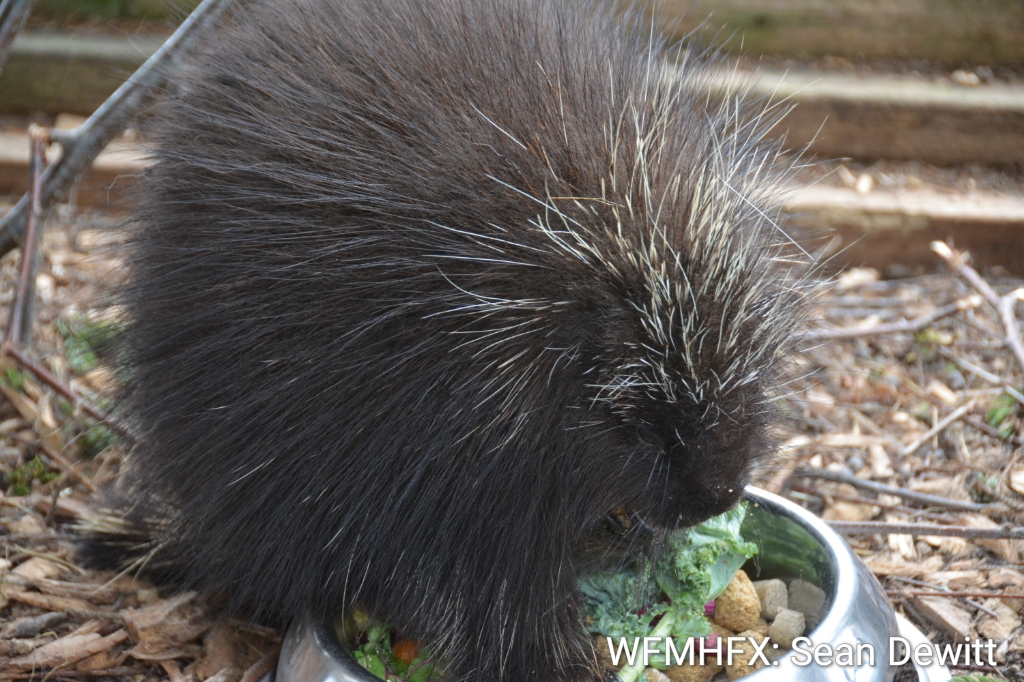
For many rescued wildlife, they will be rehabilitated and eventually released back into the wild to continue thier lives. For some, however, the extent of thier injuries means they will remain in captivity.
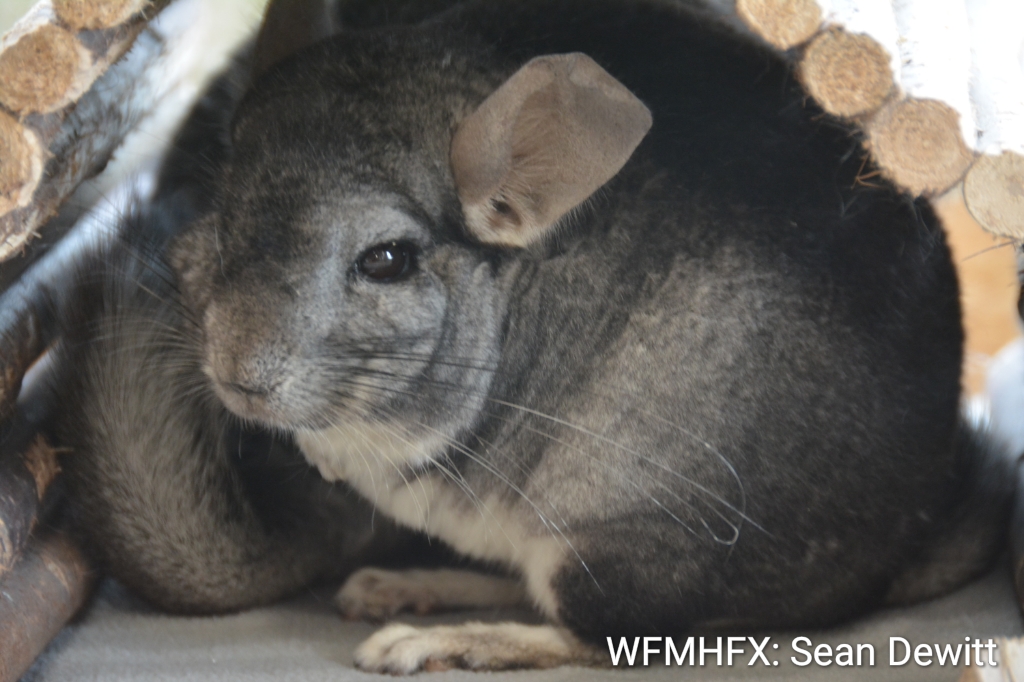
Some may become Hooe for Wildlife ambassadors, educating the public, and some may remain in as natural of a habit as possible. And sadly, some may be exotic / illegal pets seized or surrendered.
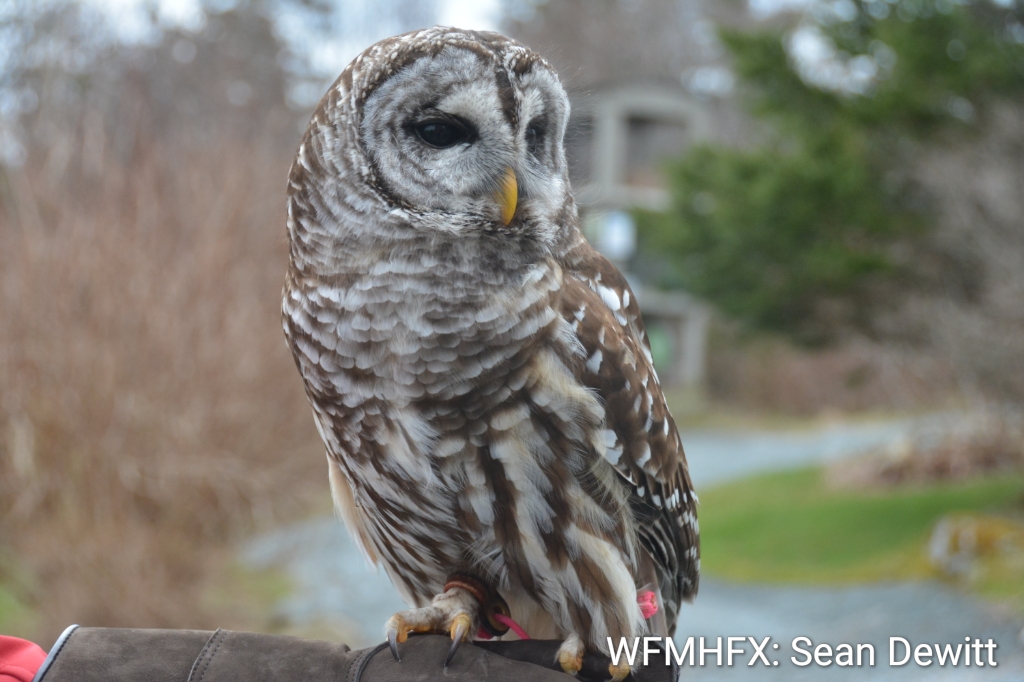
Some animals will arrive at Hope with natural injuries, but many arrive due to direct or indirect human contact. Some examples are car strikes, collisions with structures (for example, a bird flies into a window of an apartment) and pollution, such as consuming plastic or contact with dangerous materials to the animals.
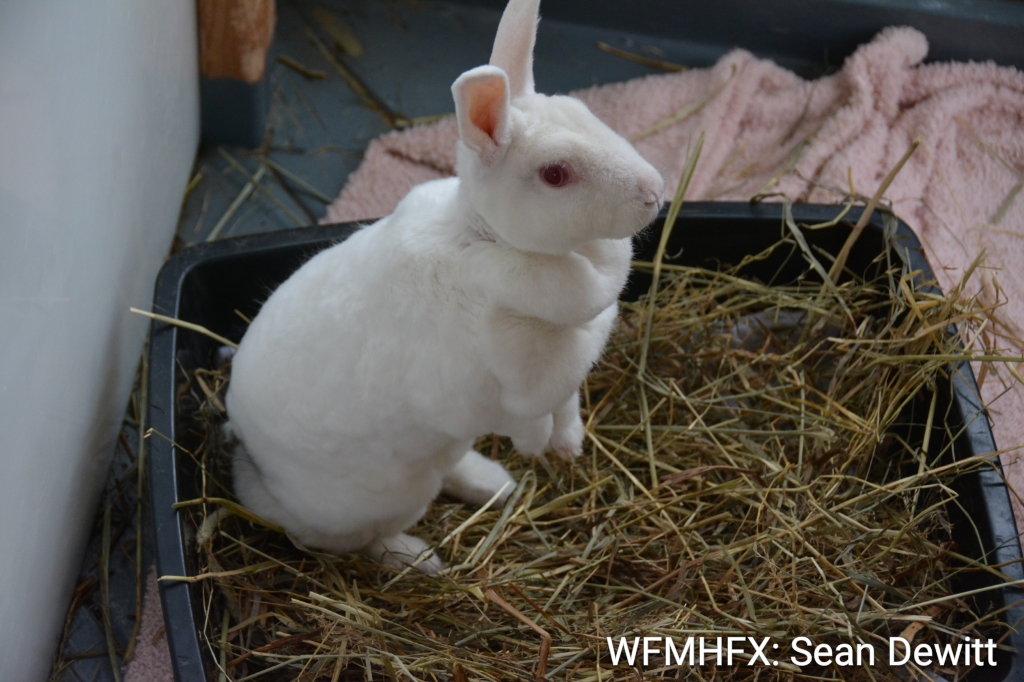
All wildlife are checked by professionals and cared for as required on scene.
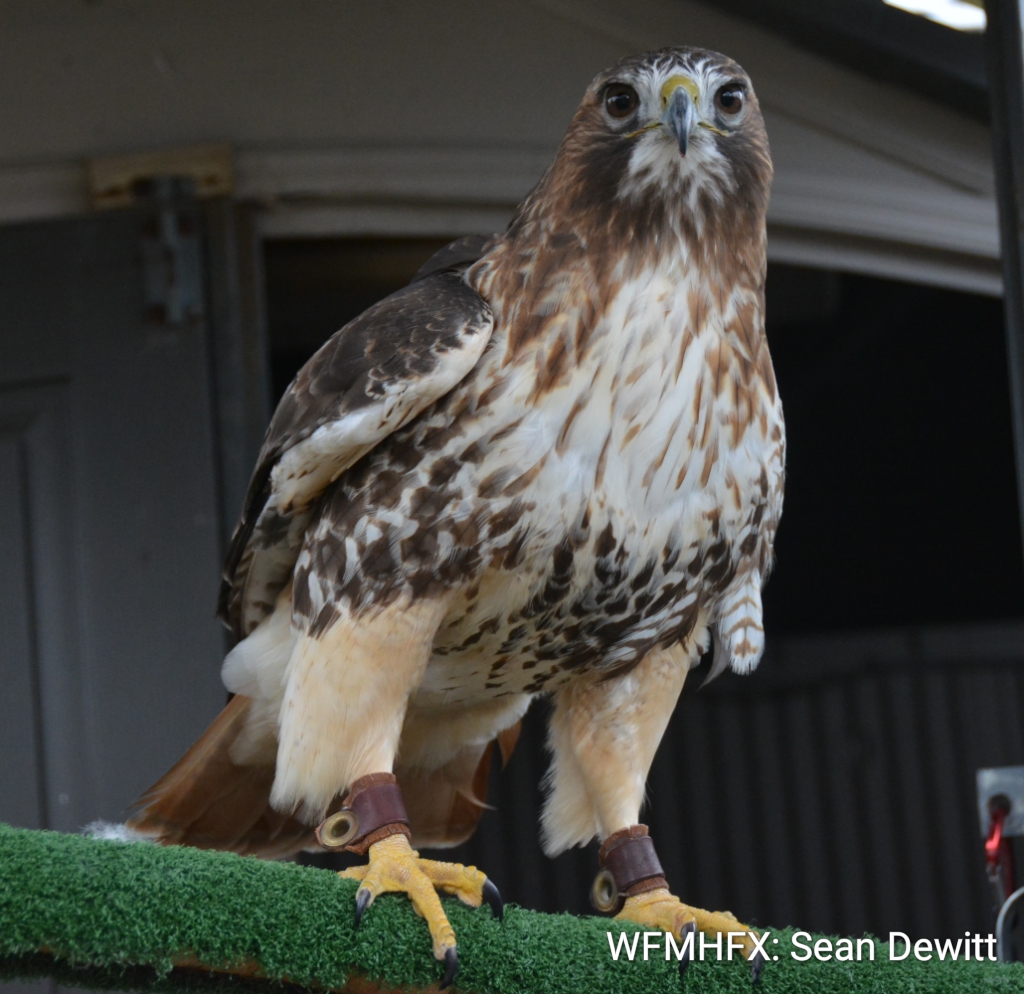
Hooe for Wildlife care for many species of animals including birds, seals, deer and foxes and more.
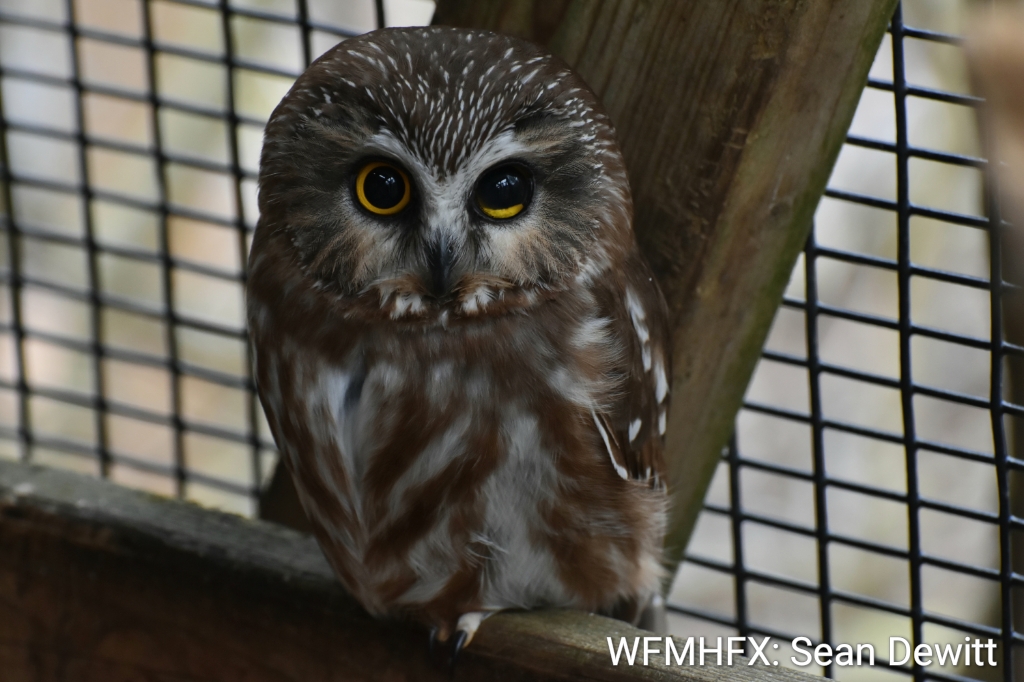
More information about them below
**** Info via Hope for Wildlife
Connecting people to wildlife in a positive way through knowledge and understanding, Hope for Wildlife believes that education through rehabilitation is the key to a sustainable future.
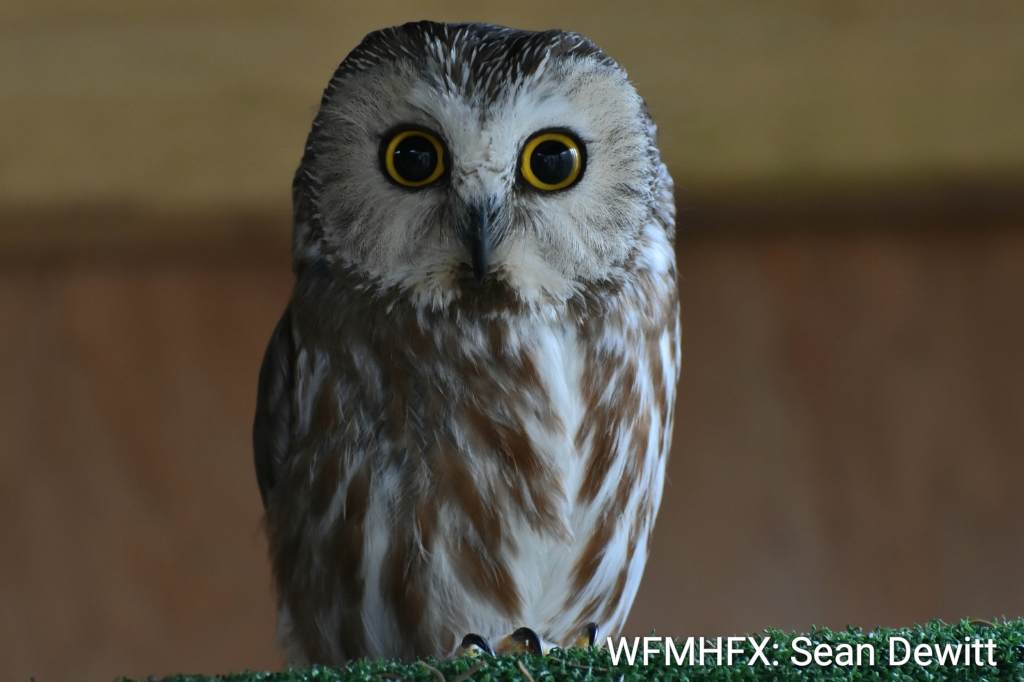
OUR GOALS
Our mission comprises three very important goals:
1. Rescue, rehabilitate, and release back into the wild injured and orphaned wildlife.
Since 1997, we have rehabilitated and released over 40,000 injured and orphaned wild animals representing over 250 species. Animals we treat receive food, medicine, shelter, and whatever else is needed to ensure a successful return to the wild.
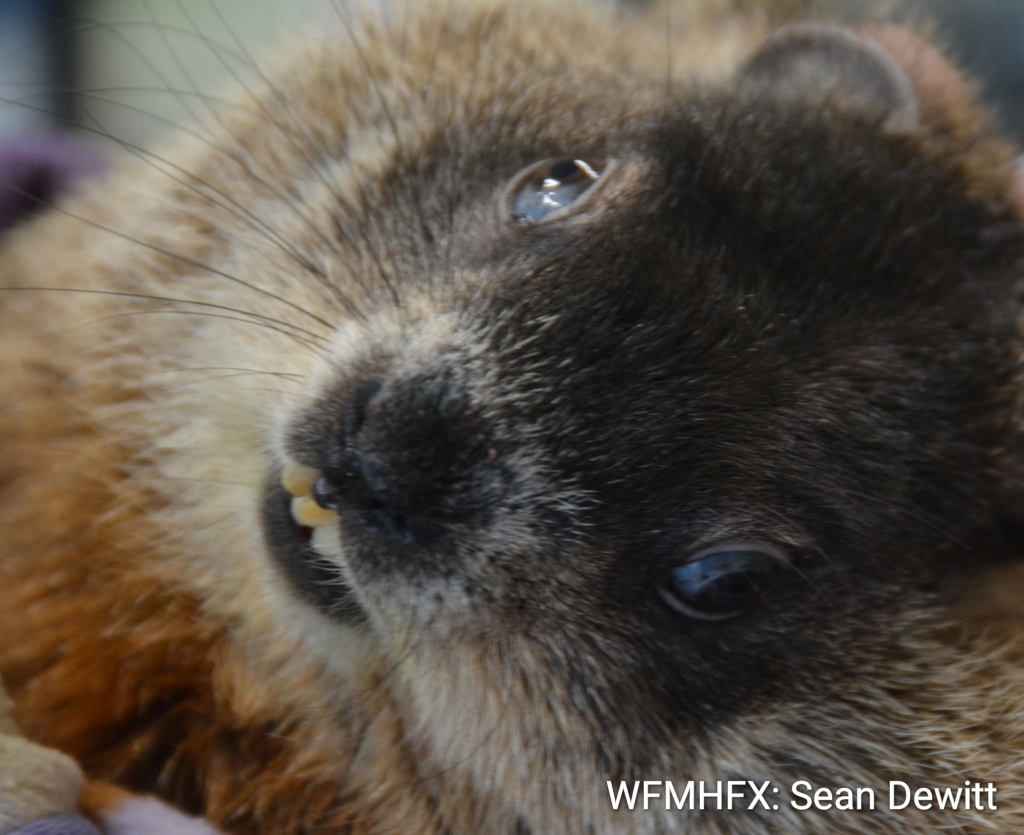
2. Educate others about the importance of conserving wild animals and the ecosystems that sustain them.
Every year, we assist over 20,000 callers through our wildlife helpline, welcome thousands of visitors to our facilities for tours, and give hundreds of offsite presentations to community and school groups.
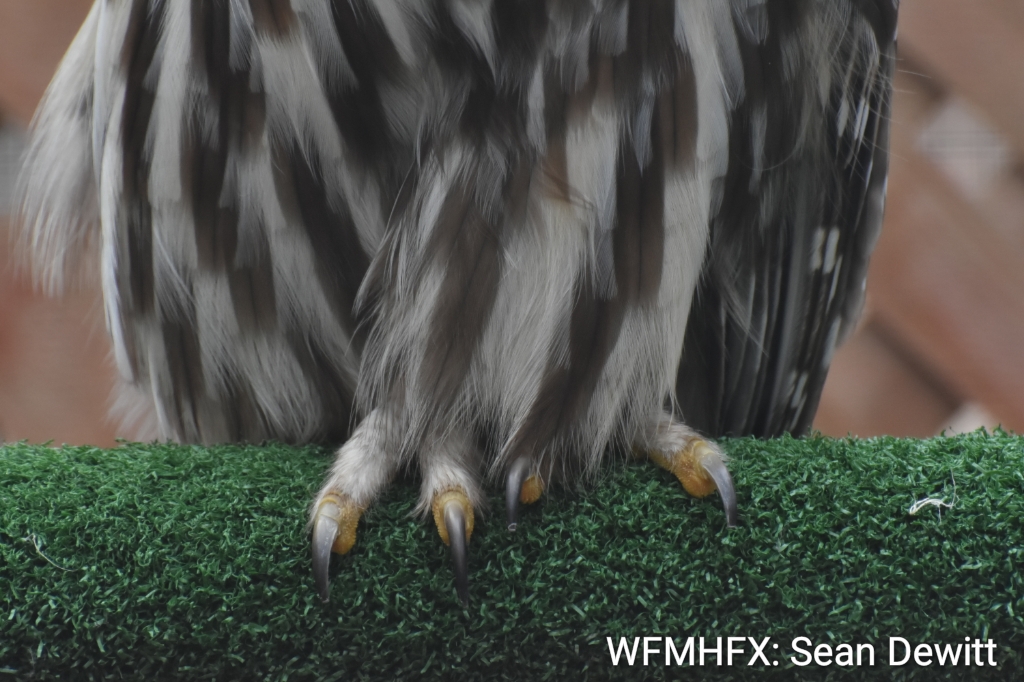
3. Research and develop the knowledge and understanding necessary for the conservation and management of wildlife.
We collect a wide range of data from animals treated at our rehabilitation centre, which provides valuable insight into the health of local populations. Our work also offers opportunities to learn about the protection of various species in complex and continually changing biological, social, and political environments.
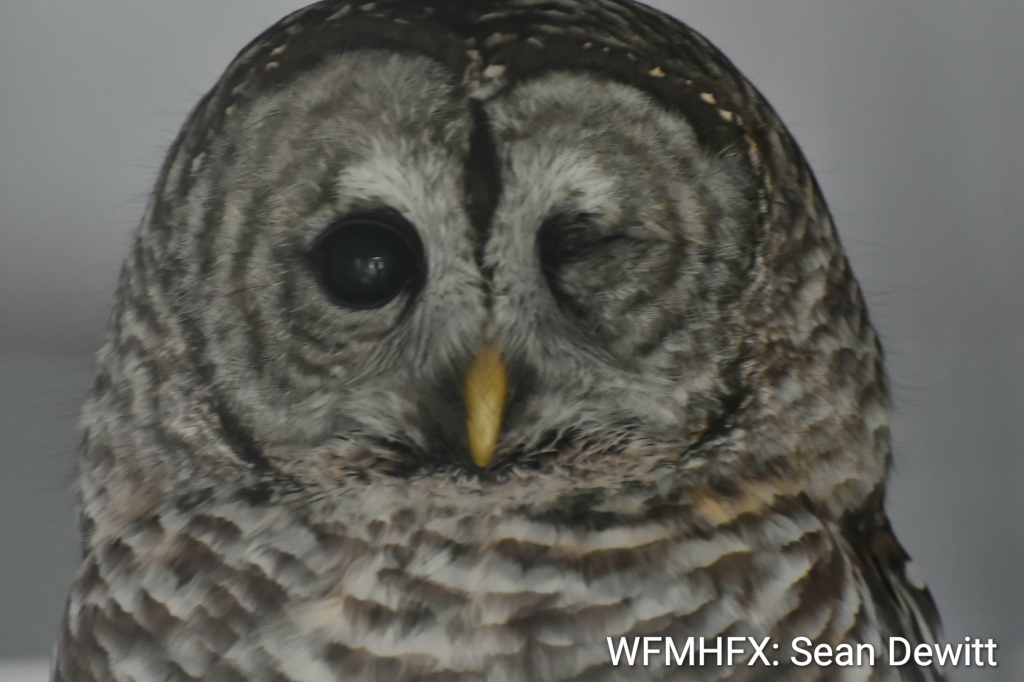
Hope for Wildlife will be open to the public every Saturday beginning April 2nd from 12pm-3pm.
Please check our website for updates as this is subject to change according to Nova Scotia Health recommendations. Thank you and we are looking forward to seeing you soon.
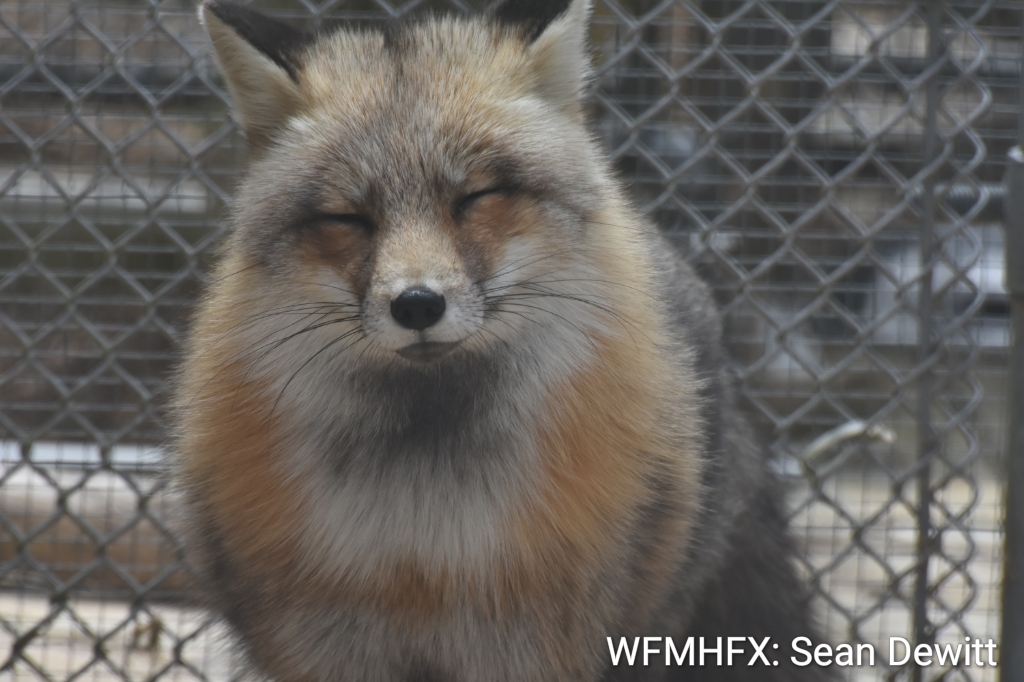
If you think you’ve come across an injured or orphaned wild animal, the first thing to do is make sure the animal needs help. Please click here for our Wildlife SOS page.
WILDLIFE HELPLINE
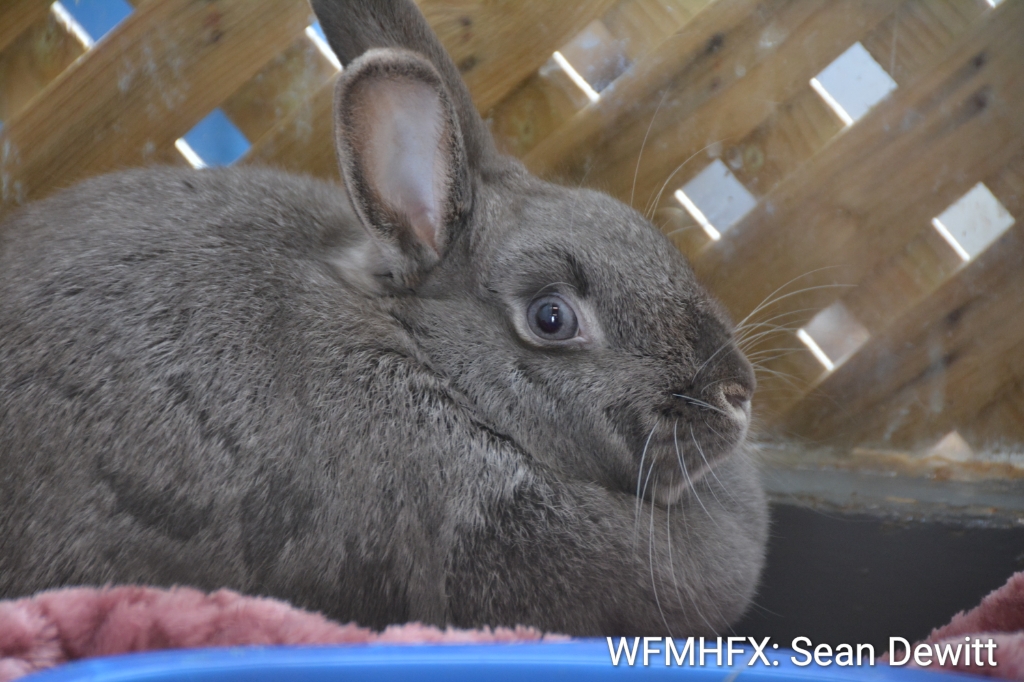
Our Wildlife Helpline operates from 7am to 8pm seven days a week and can be reached by texting (preferred) or calling:
902-407-9453
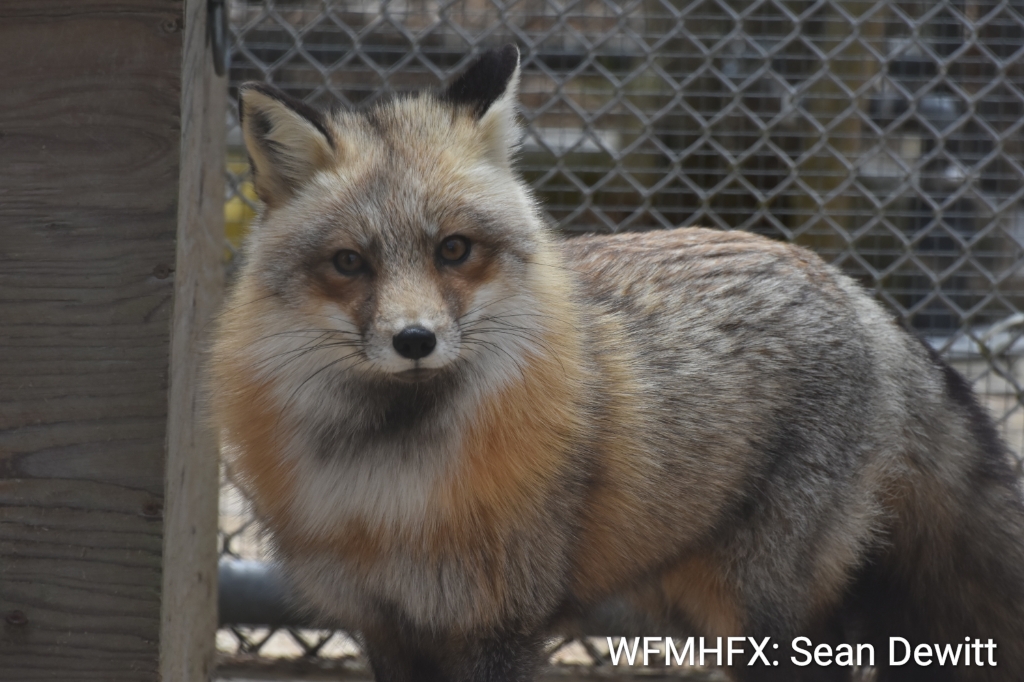
.
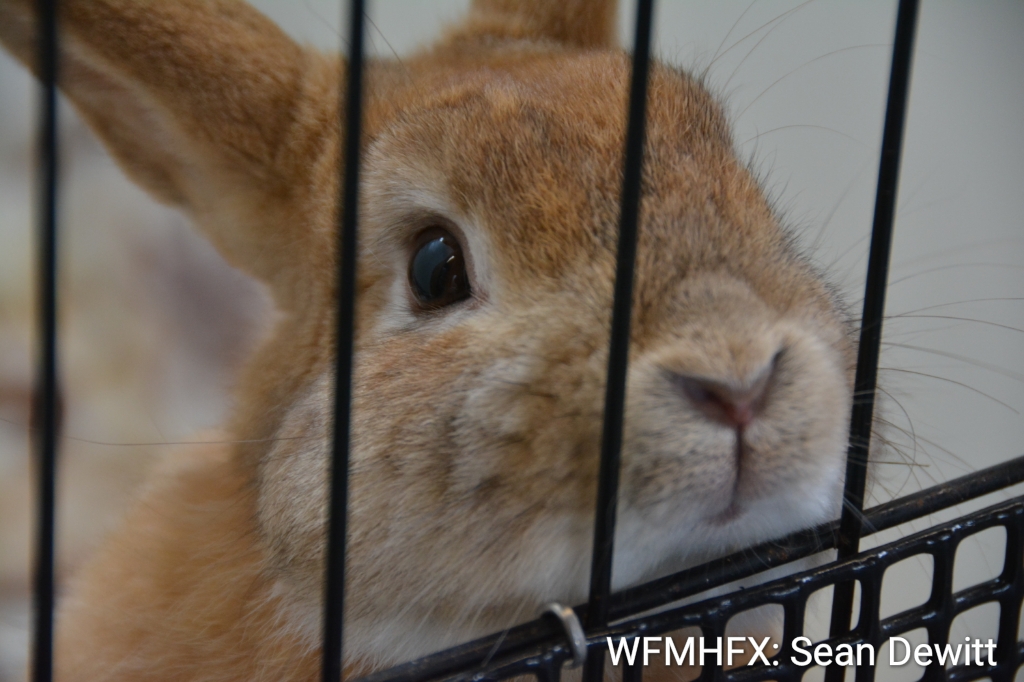
.
